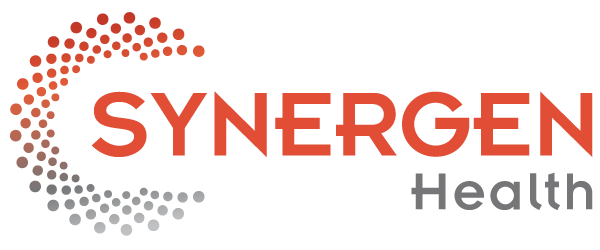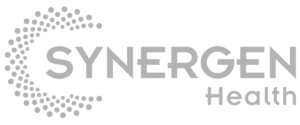Almost a quarter of U.S. national health expenditures go toward administrative costs. In revenue cycle, rising costs continue to escalate which negatively impacts the bottom line. There is a silver lining in all of this; as a potential recession looms, these costs can be reduced with automation.
By simplifying daily routine tasks with automated tools like robotic process automation (RPA) and machine learning (ML), nationwide spend could be reduced from 25% of the national healthcare expenditure to 18%.
Automation: The key to improving efficiency
As it stands, manual revenue cycle processes burdens staff with repetitive, mundane tasks, causing staff burnout. Additionally, the reimbursement landscape evolves in complexity year after year. Staffing issues also continue to plague health systems, leaving chief financial officers playing defense, with high turnover rates causing a decrease in productivity and an increase in aged receivables.
When it comes down to it, organizations must either add more resources to support the manual way of working – which can prove to be costly and inefficient – or invest in automation. Simply put, revenue cycle is ripe for automation which results in reducing cost-to-collect and creating large-scale cost savings throughout the revenue cycle. When pairing automated technology with best practices to empower operational teams, revenue cycle leaders will streamline workflows to reduce manual work and increase efficiency, all while boosting revenue.
Denial Avoidance
Many providers are not fully aware of just how deeply denied claims can affect their bottom line. According to HFMA, providers lose nearly $5 million on average per year due to claim denials.
With ever-changing reimbursement and collection requirements, providers and their staff need tools to analyze and prevent denials to reduce the workload required to avoid an increase in denials.Instead of assigning denial management and appeals to staff members, providers should look to automation as a champion for claims and denials management.
Integrating ML into the revenue cycle enables the platform to recognize patterns and then suggest predictive actions for optimal claim follow-up and denial resolution. Predictive denial modeling and reporting are executed ahead of a payer’s response. This arms billing teams with the correct solution to solve their denial challenges by using past learning and underpayment analysis for out-of-network claims. Simply put, automating the revenue cycle enables healthcare providers to cut down on oversight, submission errors and claim denials while taking the pressure off workers and improving the bottom line.
Streamlining patient billing and collections
By implementing a patient-centric strategy to assist patients in making informed cost decisions pre-visit, and simplifying post-care billing processes, providers can reduce the chances of surprise billingand an increase in aged receivables. To aid in this, an online portal helps providers to streamline patient communications so that there are clear and easy-to-understand statements, with access to automated payment plans. This creates cost transparency for patients, which will help providers to get paid accurately and on time.
This is all so important for the patient experience, too, because with the growing pressures of the economy, patients are holding a tighter grip on their wallets, it’s crucial to ensure every experience they have with their provider is a positive one. Many patients are still being hit with inaccurate estimates, surprise bills and limited payment options, all of which negatively impact patient satisfaction, loyalty, and retention. With the right analytical and automation tools in the hand of consumers and healthcare staff alike, revenue cycle leaders can improve the health system’s bottom line while also improving consumer satisfaction.
Transformation through automation
healthcare systems and organizations continue to struggle, , even post-pandemic. during a time of great economic uncertainty, providers must take all the necessary steps to prepare for and withstand a potential recession. Transforming their practice by automating the revenue cycle will not just automate routine business processes, but it will optimize them as well. It supports efficient workflows, with pre-built workflows to automate routine tasks on the front and back end so that mundane manual processes are eliminated. From patient access to final account resolution, automating routine business processes gives providers everything they need to cut down on unnecessary administrative costs while successfully supporting patient satisfaction.

